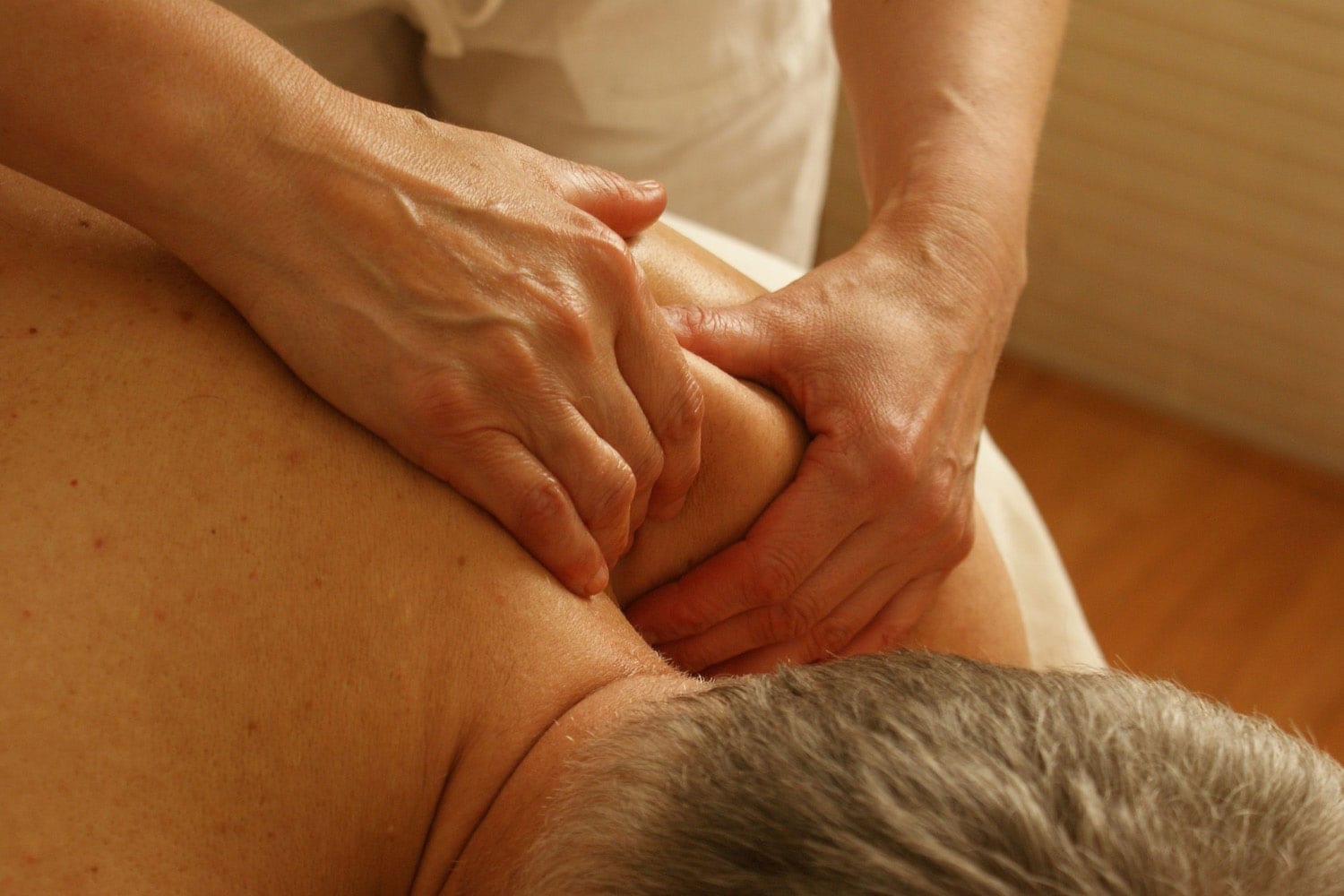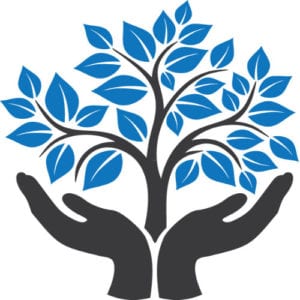Whiplash is a non-medical term describing a range of head and neck injuries resulting from an acceleration-deceleration mechanism of energy transfer to the neck.
These forces may result in painful injuries to the muscles, ligaments and joints of the neck and other spinal areas. However, sometimes they result in no injury or pain at all.
Whiplash differs in severity from patient to patient, and as such, symptoms vary between cases. Directly after impact, patients may not be aware of any neck swelling or bruising. Symptoms typically arise between 12 and 24 hours after the accident. However, pain and stiffness from whiplash is typically worse on the day following the accident and may continue to worsen with each day. While car collisions are the most common cause of whiplash, there are a number of other activities and accidents with a strong enough impact to cause whiplash:
- Contact sports (rugby, boxing, karate, football)
- A horse-back riding or cycling accident
- Any fall which causes the head to jolt backwards suddenly
- Direct impact of large or heavy object on head
A Physiotherapist will perform a head and neck examination and discuss your symptoms with you to determine the best course of whiplash treatment. From there, the Physio will know the grade of your whiplash, the areas affected and will be able to optimise a treatment plan to relieve pain and speed the healing process.
Treatment methods for whiplash may include:
- Deep Tissue Massage The physio uses direct pressure and friction to try to release the tension in your soft tissues (ligaments, tendons, muscles).
- Exercise to encourage flexibility, strength and good posture.
- Range of motion exercises, low load isometric, postural endurance and strengthening exercises
- Fine neck muscle and proprioception retraining programs.
- Acupuncture or dry needling for pain relief.
- Education on the injury.
- The importance of continuing your normal daily regime
- Advice for ergonomic and lifestyle changes. If needed, you will learn how to correct your posture and incorporate ergonomic principles into your daily activities. Even after you recover from whiplash, this posture work should help you because you’ll be able to prevent other forms of neck pain that develop from daily living.
- Joint mobilisation or manipulation to loosen stiff joints.
- Kinesio taping may assist in reducing pain.



















